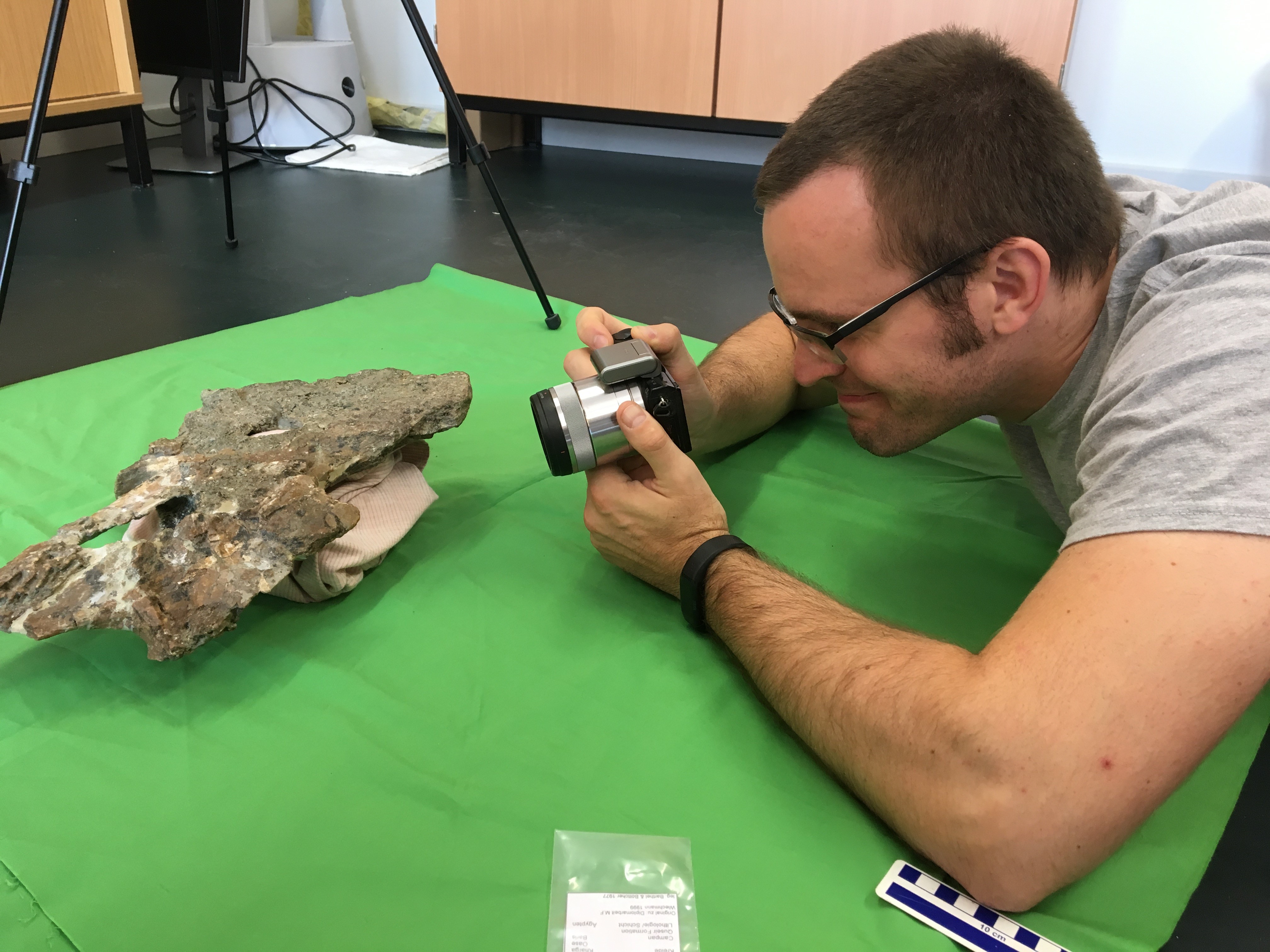A team of palaeontologists have described a new species of titanosaur, which has been named after an ancient Egyptian god. This rather small specimen helps address a large gap in our understanding of African dinosaurs.
The new titanosaur was described in a study published in July this year. It has been named Igai semkhu, which means “Forgotten Lord of the Oasis”, and lived around 75 million years ago, during the Campanian age of the Late Cretaceous period, in part of the Egyptian desert now known as the Kharga Oasis. The name refers to an ancient Egyptian deity that would have been worshiped around the oasis.
Although part of the Titanosauria subgroup of sauropods, which are known for their characteristic long necks and large body sizes, I. semkhu was actually comparatively “small”, as far as giants go. It only measured a “mere” 10-15 meters (33-50 feet) in length, which is about the length of a school bus. Although, it should be noted that titanosaurs came in all sizes – the smallest known species was around the same size as a modern elephant.
The partial postcranial remains of this desert god dino, which include five dorsal vertebrae and 12 appendicular elements, were found in a deposit of the Quseir Formation in 1977 by German researchers. This geographic formation is located in the vicinity of the Kharga Oasis, in the Western Desert of Egypt, which is mostly made up of soft shale and hard bands of sandstone, siltstone, and phosphorite.
But despite its significance now, I. semkhu was soon forgotten after it was first discovered. For decades, its remains were ignored until Professor Eric Gorscak and a team of researchers decided to re-examine it. Their assessment showed that I. semkhu was a previously unknown genus and species of titanosaur.

First author Eric Gorscak snaps a photo of one of I. semkhu‘s vertebrae.
Image courtesy of Matthew C. Lamanna
At the time when they were roaming the earth, most species of sauropods were already extinct, which means I. semkhu and other titanosaurs were the last survivors of this lineage still alive in the late Cretaceous era.
Unfortunately, it is not possible to fully reconstruct what I. semkhu looked like as so little has survived. Nevertheless, this specimen is helping to address a massive gap in our understanding of dinosaurs in Africa. In fact, this is the most complete fossil known in this region.
“When you are talking about continental Africa, the last 30 million years of the dinosaur record are almost non-existent,” study author Dr Matthew C. Lamanna told Live Science.
This new specimen joins one other known titanosaur species that has been found in the Quseir Formation and the nearby Dakhla Oasis. Mansourasaurus shahinae, as it is known, was actually a little smaller than I. semkhu, but together they hint at something exciting.
“Importantly, [I. semkhu] reinforces the hypothesis of an Afro-Eurasian clade of latest Cretaceous titanosaurians, with the African representatives of this group being presently known only from the northeastern region of the continent, specifically, Egypt,” the team wrote in their paper.
In essence, it looks like North Africa and Eurasia shared closely related “terrestrial tetrapod faunas at the end of the Cretaceous and further differentiates this fauna from penecontemporaneous assemblages elsewhere in Africa”, the authors explained.
The study is published in the Journal of Vertebrate Paleontology.
[H/T: Live Science]
Source Link: 75-Million-Year-Old Titanosaur Named After Egyptian God Fills Gaps In Dino History